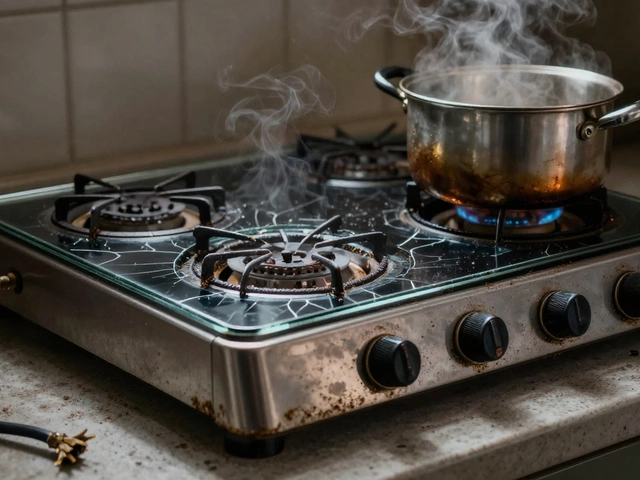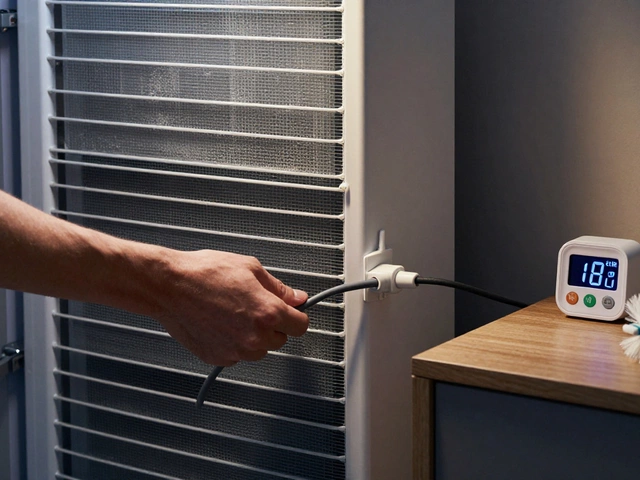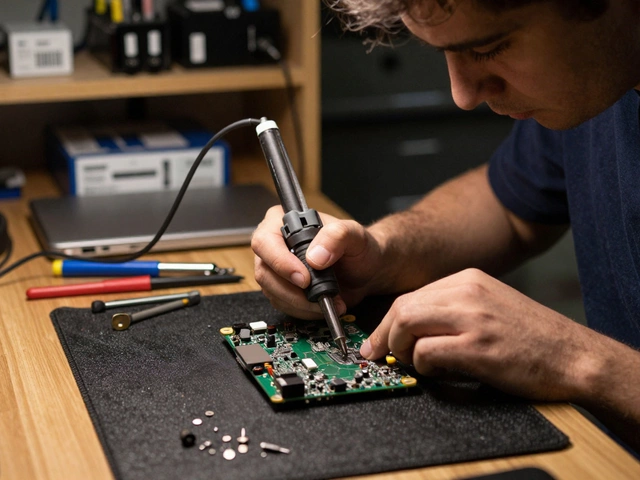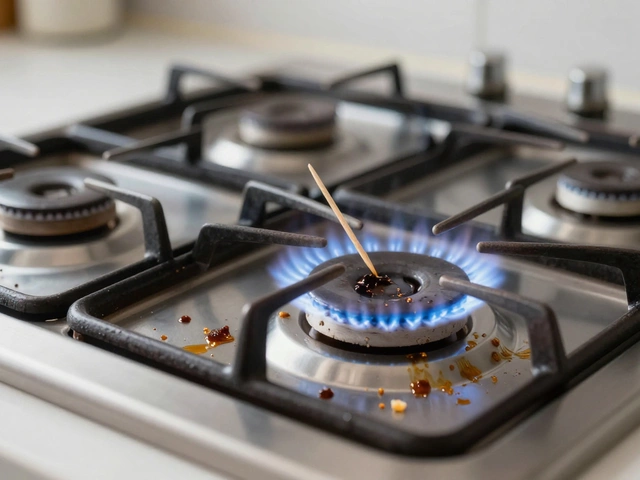Fix Washer Problems: Simple Solutions You Can Try Today
Got a washing machine that’s acting up? You’re not alone. Most folks face leaks, noisy cycles, or a machine that won’t spin. The good news is many of these hiccups are easy fixes you can do without calling a technician.
Identify the Most Common Washer Issues
First, figure out what’s wrong. A leaking drum usually means a worn door seal or a cracked hose. Loud banging? That’s often an unbalanced load or a problem with the shock absorbers. If the washer won’t drain, check the pump filter – lint and coins love to hide there.
Another frequent complaint is a washer that won’t spin. This can be caused by a broken lid switch, a belt that’s slipped off, or a malfunctioning motor coupler. Run a quick visual check: open the back panel, look for any broken or loose parts, and listen for odd noises when the drum turns.
DIY Fixes You Can Do Right Now
Start with the easy stuff. For a leak, pull the machine away from the wall and inspect the hoses. Tighten any loose clamps and replace cracked hoses – they’re cheap at any hardware store. If the door seal looks fuzzy or cracked, clean it with a mild detergent or swap it out entirely.
When you hear a thumping sound, redistribute the clothes more evenly and avoid overloading. If the problem persists, the suspension rods or shock absorbers may need replacement. Removing them is straightforward: unscrew the old ones and bolt in the new set.
To clear a drainage issue, locate the pump filter (usually behind a small door at the front bottom). Place a shallow pan underneath, open the filter, and scoop out any debris. Rinse the filter, snap it back, and run a short wash cycle to test.
If the washer won’t spin, first check the lid switch – it’s a safety feature that tells the machine it’s safe to spin. You can test it with a multimeter; if there’s no continuity, swap it for a new one. For belt problems, open the back panel, locate the belt around the motor pulley, and either tighten it or replace it if it’s frayed.
All these steps can save you time and money. However, if you’re uncomfortable opening the machine or the issue involves the motor or electronic controls, it’s best to call a professional. Our technicians in Weymouth can diagnose and fix complex problems fast.
Regular maintenance also prevents many of these issues. Run an empty hot water cycle with a cup of vinegar every month to clear soap buildup, clean the lint filter weekly, and check hoses for bulges or wear. A little attention goes a long way.
Remember, safety first. Unplug the washer before you start any repair, and don’t force any parts that feel stuck. If you follow these simple guidelines, most washer woes can be handled at home, leaving you more time for the things you enjoy.
Need a hand? Our experienced team at Weymouth Appliance Repair Services is ready to help with any washer problem, big or small. Give us a call and get your machine back in shape without the hassle.
Common Issues with Washing Machines and How to Fix Them
- Alden Wilder
- Oct 16 2024
- 0 Comments
Washing machine malfunctions are a common household problem that can often be resolved with some basic troubleshooting and maintenance. From simple fixes to more involved repairs, understanding the most frequent issues can save time and money. This article explores the common causes of washer failures and provides hands-on solutions. By delving into these troubleshooting tips, homeowners can keep their washing machines running smoothly.
View More




